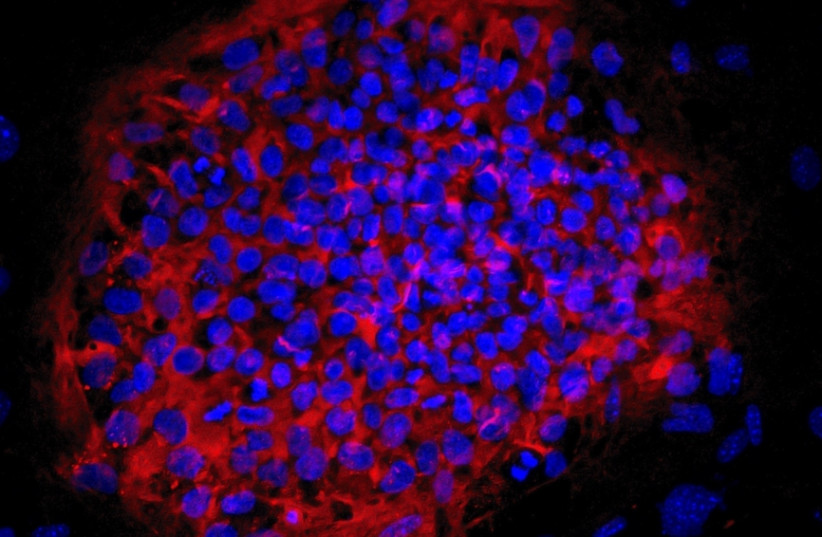Scientists create first living robots that can reproduce - study
Less than a millimeter long, xenobots were originally first presented to the public in January of last year, where they could self-heal.

Scientists from the University of Vermont have reportedly built the first living robots, also claiming that they have the ability to reproduce.
The peer-reviewed study, published in the Proceedings of the National Academy of Sciences on Monday, states that artificially intelligent-designed "xenobots" have presented a new way of biological self-replication.
Less than a millimeter long, xenobots were originally first presented to the public in January of last year, where they could self-heal using stem cells of the African clawed frog, Xenopus laevis, of which the AI robot is named after. The experiments at the time presented their ability for movement and collaboration to work together in groups.
The significance here is that clusters of cells can find and combine loose cells into clusters that look and move similarly, but that artificial intelligence can design clusters that replicate better, the researchers stated.
To create the xenobots, frog embryo stem cells were scraped and left to incubate by researchers. They were originally sphere-shaped and made from 3,000 cells.

In the end, the supercomputer came up with a C-shape, and researchers found that it was able to find other tiny stem cells and a few days later the bundle of cells become new baby "xenobots." The scientists were stunned to discover that they were able to self-replicate spontaneously.
The researchers affirmed that the living machines are contained in a lab and can be destroyed easily if there was any concern. However, the team said that this discovery could be beneficial for advancing regenerative medicine.






